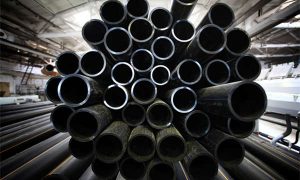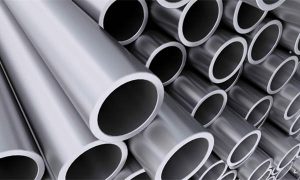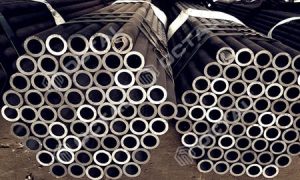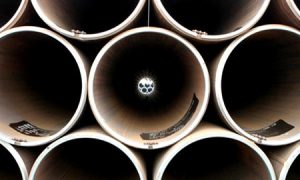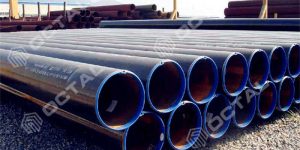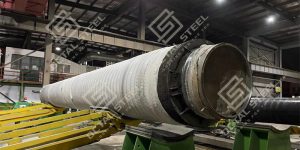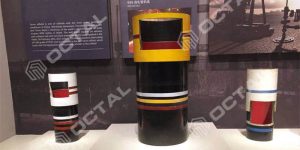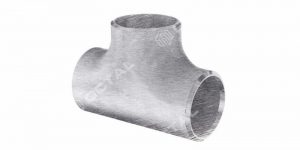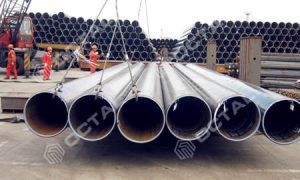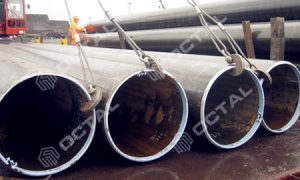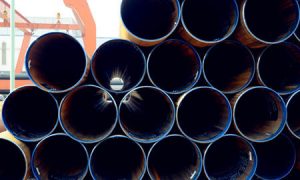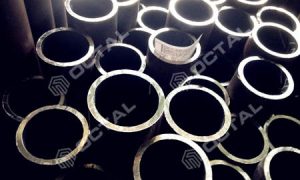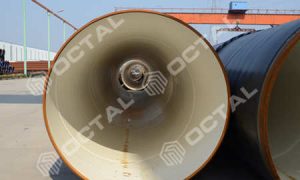Steel Pipe Dimensions & Sizes Chart (Schedule 40, 80 Pipe) Means

People are often confused when it comes to accurately describing the dimensions or sizes of steel pipes, as well as effectively communicating their desired size to the seller. Any misunderstandings or the purchase of an incorrect size could lead to significant trouble.
So, what are the right ways to express the dimensions of a steel pipe?
For your better understanding, we will explain from the following aspects:
The 3 elements of pipe dimension
Dimension Standards of carbon and stainless steel pipe (ASME B36.10M & B36.19M)
Pipe Size Schedule (Schedule 40 & 80 steel pipe means)
Means of Nominal Pipe Size (NPS) and Nominal Diameter (DN)
Steel Pipe Dimension Chart (Size chart)
Pipe Weight Class Schedule (WGT)
And finally, we will tells you how to describe steel pipe dimensions & sizes correctly.
Steel Pipe Dimension 3 elements
A complete description for steel pipe dimension includes outer diameter (OD), wall thickness (WT), pipe length (Normally 20 ft 6 meter, or 40 ft 12 meters).
Through these elements we could calculate the pipe weight, how much pressure the pipe could bear, and the cost per foot or per meter.
So that’s why we always need to know the correct pipe size.
Steel Pipe Dimensions Chart (Size Chart)
Pipe Schedule Chart unit in mm as below, view here for Pipe Schedule Chart in inch.
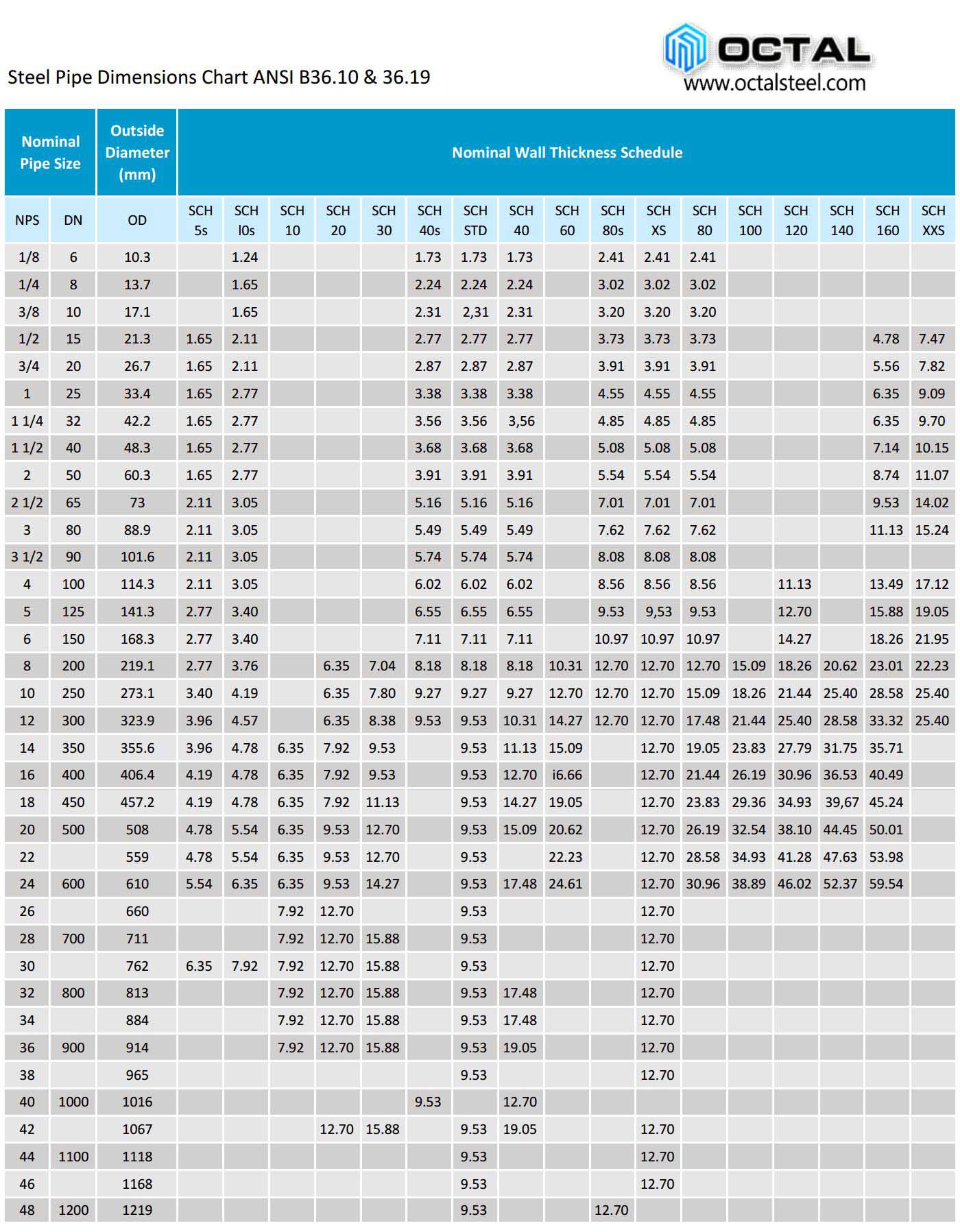
Dimension standards for steel pipe
There are different standards to describe the steel pipe size, OD and wall thickness, which mainly are ASME B 36.10, ASME B 36.19.
Relevant standard specification ASME B 36.10M and B 36.19M
Both ASME B36.10 and B36.19 are the standard specifications for the dimensions of the steel pipe and accessories.
ASME B36.10M
The standard covers the standardization of steel pipe dimensions and sizes, including seamless or welded types, which are used in high or low temperatures and pressures.
The pipe is distinguished from a tube (Pipe vs Tube). In this case, the pipe is specifically used for pipeline systems and the transmission of fluids such as oil and gas, water, and slurry. The standard used is ASME B 36.10M.
In this standard, when the pipe’s Outer Diameter is smaller than 12.75 in (NPS 12, DN 300), the pipe’s actual diameter is larger than NPS (Nominal Pipe Size) or DN (Nominal Diameter).
As for steel tube dimensions, the actual outside diameter is the same as the pipe number for all sizes.
Why pipes with sizes smaller than NPS 12 (DN 300) have different OD
First, we need to acknowledge that all pipe sizes should be identified as nominal pipe size (NPS).
Secondly, for NPS 1/8 (DN 6) to NPS 12 (DN 300), these sizes are based on a standard outside diameter (O.D.). Initially, the O.D. was chosen to specify the pipe dimensions, but since pipes always have a wall thickness and internal diameter (I.D.), the difference between the O.D. and I.D. varies for small pipes. However, as the pipe dimensions increase, the O.D. and I.D. become approximately equal.
Since there is no direct relationship between the old standard thickness (O.D.) and Nominal Size, both of them are accepted according to the ASME B 36.10 M standard.
Steel Pipe Schedule
In ASME B36.10M, Pipe schedule is identified as Standard (STD), Ex-Standard (XS), or Double Extra Strong(XSS); Or with Schedule No. 5, 10, 20, 30, 40, 80, 120, 160.
ASME B36.19M
ASTM B36.19M is for the stainless steel pipe dimensions, including seamless and welded types (same as the previous standard.)
This dimension standard is mostly the same as ASTM B36.10M. Wherever the different part is:
a. For NPS 14 to NPS 22 (DN 350-550), schedule 10S;
b. NPS 12 of Schedule 40S
c. NPS 10 and 12 of schedule 80S.
The above-mentioned pipe thickness is different with B36.10M, so suffix “S” is used here.
Ways to express pipe dimensions
1. For Pipe wall thickness: Use Steel Pipe Schedule, like schedule 40 steel pipe, schedule 80 pipe.
2. For pipe Diameters: Nominal Pipe Size (NPS) and DN (Nominal Diameter)
3. Pipe weight Class (WGT), LB/FT (Pounds per foot), KG/M (Kg per meter)
What is Steel Pipe Dimensions Schedule?
Steel pipe schedule is an indicating method represented by ASME B 36.10, and used in many other standards, marked with “Sch”. Sch is the abbreviation of schedule, generally appearing in the American steel pipe standard, which is a prefix of a series number. For example, Sch 80, where “80” is a pipe number from chart/table ASME B 36.10.
“Since the steel pipe’s main application is to transport the fluids under pressure, their internal diameter is their critical size. This critical size is taken as nominal bore (NB). Therefore, if steel pipe carries the fluids with pressure, it is particularly important that pipe shall have enough strength and wall thickness. So wall thickness is specified in Schedules, which means the pipe schedule, abbreviated as SCH. Here ASME is the given standard and definition for the pipe schedule.”
The pipe schedule formula:
Sch.=P/[ó]t×1000
P is the Designed pressure, units in MPa;
[ó]t is Allowable stress of materials under design temperature, Units in MPa.
What does SCH mean for the steel pipe dimensions
When describing the steel pipe parameter, we usually use the pipe schedule, which is a method that represents pipe wall thickness with number. Pipe schedule (sch. ) is not a wall thickness, but a wall thickness series. Different pipe schedules mean different wall thicknesses for the steel pipe in the same diameter. The most frequent indications of schedule are SCH 5, 5S, 10, 10S, 20, 20S, 30, 40, 40S, 60, 80, 80S, 100, 120, 140, 160. The larger the table number, the thicker the surface pipe wall, the higher the pressure resistance.
Schedule 40, 80 steel pipe dimension means
If you are new to the pipe industry, you may wonder why you always see schedule 40 or 80 steel pipes everywhere. What kind of material is used for these pipes?
As you have read above articles you know that Schedule 40 and 80 represent pipe wall thickness, but why are they always searched by buyers?
Here is the reason:
Schedule 40 and 80 steel pipes are commonly required in various industries due to the typical pressure they can withstand. Because these pipes are designed to handle higher pressures, they are often requested in large quantities to meet the demands of different industries.
The material standard for such thickness pipes has no limitations, you could ask for sch 40 stainless steel pipe, like ASTM A312 Grade 316L; Or sch 40 carbon steel pipe, such as API 5L, ASTM A53, ASTM A106B, A 179, A252, A333 etc..
What is the Nominal Pipe Size (NPS)?
Nominal Pipe Size (NPS) is a North American set of standard sizes for pipes used for high or low pressures and temperatures. Pipe size is specified with two non-dimensional numbers: a nominal pipe size (NPS) based on inches, and a schedule (Sched. or Sch.).
What is DN (Nominal Diameter)
Nominal diameter, also known as outside diameter, is used to represent the general diameter of various pipes and pipeline accessories. Due to the thin wall of the pipe, the outside and inside diameters are almost the same. Therefore, the average value of both parameters is used as the nominal diameter of the pipe. DN (nominal diameter) ensures that pipes and pipe fittings with the same nominal diameter can be interconnected, providing interchangeability. Although the nominal diameter value is close to or equal to the inside diameter of the pipe, it does not represent the actual sense of the pipe diameter. The nominal size is denoted by a numerical symbol followed by the letter “DN” and the unit is indicated in millimeters after the symbol. For example, DN50 represents a pipe with a nominal diameter of 50 mm.
DN (mm) and NPS (inch) conversion
Nominal diameter DN (mm) and NPS (inch) conversion
1. Conversion DN ( mm ) that requires separate memory
|
DN (mm)
|
6
|
8
|
10
|
15
|
20
|
25
|
32
|
40
|
50
|
65
|
80
|
|
NPS(inch)
|
1/8
|
1/4
|
3/8
|
1/2
|
3/4
|
1
|
1 1/4
|
1 1/2
|
2
|
2 1/2
|
3
|
2. Greater than or equal to DN100 diameter and NPS conversion
DN=25*NPS;
NPS=DN/25
3. Exact conversion
1 inch =25.4 mm
Pipe Weight Class Schedule
The WGT class (weight class) is an indication of the pipe wall thickness that was used in the past, but is still in use today. It consists of three grades: STD (standard), XS (extra strong), and XXS (double extra strong).
In the early days of pipe production, each size of pipe had only one specification, known as standard tube (STD). However, in order to handle high pressure fluids, thicker pipes known as XS were introduced. XXS pipes were then developed to handle even higher pressure fluids. As new materials processing technology emerged, there was a growing demand for more cost-effective thin-walled pipes. This eventually led to the introduction of the aforementioned pipe grades. The corresponding relationship between pipe schedules and weight classes can be found in the ASME B36.10 and ASME B36.19 specifications.
How to describe steel pipe dimensions and size correctly?
For example: a. Expressed as “pipe outside diameter × wall thickness”, such as Φ 88.9mm x 5.49mm (3 1/2” x 0.216” ). 114.3mm x 6.02mm (4 1/2” x 0.237”), length 6m (20ft) or 12m (40ft), Single Random Length (SRL 18-25ft), or Double Random Length (DRL 38-40ft).
b. Expressed as “NPS x Schedule”, NPS 3 inch x Sch 40, NPS 4 inch x Sch 40. Same size as above specification.
c. Expressed as “NPS x WGT Class”, NPS 3 inch x SCH STD, NPS 4 inch x SCH STD. Same size above.
d. “Pipe Outer Diameter x lb/ft.” is commonly used in North America and South America. For example, a pipe with an outer diameter of 3 1/2” would be described as having a weight of 16.8 lb/ft. The unit “lb/ft” stands for pounds per foot.







